In an attempt to escape her abusive husband, Gal, a garbage collector, places her two young children, Rihanna and Benin, on top of her cart and sets off across São Paulo toward her cousin’s home. As she navigates the dangers of the streets, she reassures the children by making them believe they are embarking on an exciting adventure. Upon arriving, they are greeted with warmth and given food, offering them a brief moment of relief. However, what first appears to be a safe refuge soon reveals itself as a trap. Gal soon realizes that not only is her own safety at stake, but also the future of her children.
This is the story told in The Best Mother in the World, a film directed by Anna Muylaert and premiered at the 75th Berlinale, where we had the opportunity to interview her and the leading actress, Shirley Cruz. Motherhood is one of the subjects for which the director is renowned, and she has dealt with them in several films, the most recognised being Don’t Call Me Son (2016) and The Second Mother (2015), that won the 2015 Panorama Audience Award. We chatted with Muylaerts at the Berlinale Palast, where we met her with her eyes still glowing, despite the intense day.
EVA PEYDRÓ: We can say that your new film closes a trilogy of motherhood?
ANNA MUYLAERT: Yes, but I had other mothers before… but yes, yes, I think so.
E.P.: Mothers’ role in society is so important?
A.M.: It is, I think it’s the most important role in the world. But as we are in a male driven society, it is not taken seriously. What I mean? If you’re going to get married in the church, you have to do a course with the priest. If you are going to be a nurse, you have to do a course. If you are going to be a teacher and work with kids, you have to do a four years course. But if you are 17, 18, 20 and you’re going to be a mother, what kind of help do you have? None. And then, mothers are the portal of society. Everybody passes through this portal. Maybe, if we could take care of, at least, give some guidance, the development of kids, or the role of the mother, maybe, we could get better much faster, because when the child gets to school, it might be already spoiled.
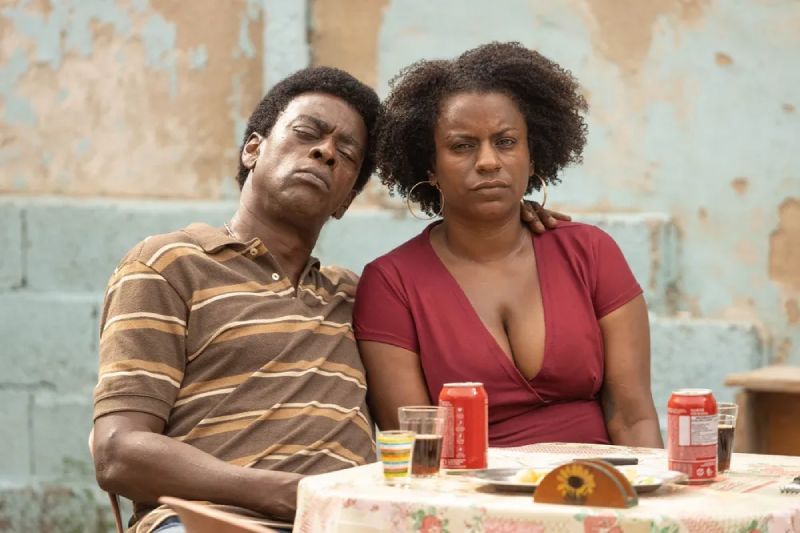
Seu Jorge and Shirley Cruz in The Best Mother in the World.
E.P.: And that’s a great point, but it’s also a burden.
A.N.: Yes, because each mother is alone. They are all carrying their carts, alone. You know, maybe if we could get to, for example, cities. I believe, in centuries, we’ll have cities, built around, in a way that ten mothers live, each one in their house, but having the possibility of working or staying with 10 kids, in a more collaborative communion. Because we lose money, we lose time, we lose everything. Kids are in the iPhone all the time because they don’t have other kids to play. I mean, male driven society is built in a way that is not for kids and for mothers.
And, you know, my obsession for this figure is my obsession for education, for humanity in the end. I think we are sick and maybe this is a way of getting better, taking care of the mothers. But we need women in politics and this will take some decades or even centuries. We will reorganize everything from the perspective of the great educator, which is the mother.
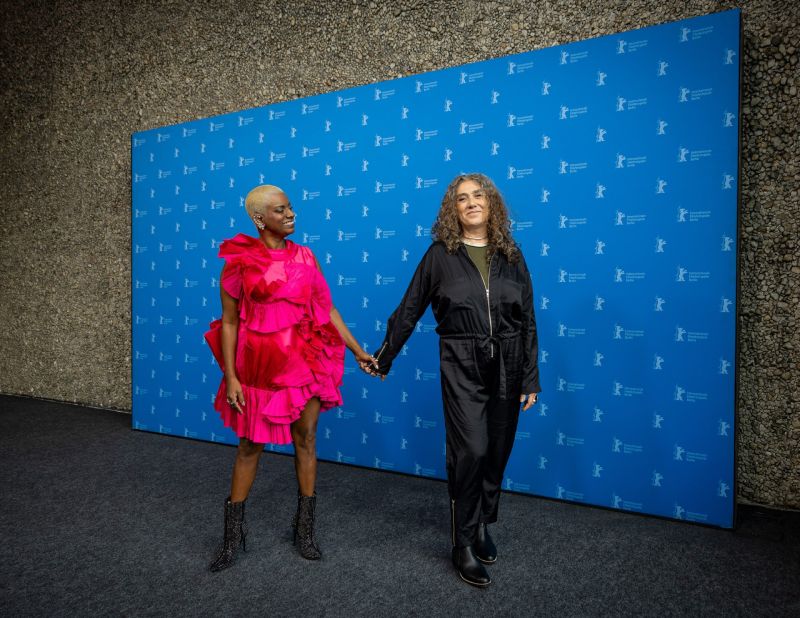
Shirley Cruz and Anne Muylaert at the Berlinale presentation of their film.
E.P.: There’s something personal in your film? What were the first steps in the genesis of it?
A.M.: Yes. When I came to Berlin 10 years ago with The Second Mother and the film was a huge success, and I became famous and gave a lot of interviews… Like in the film Anatomy of a Fall, my life clashed, and it took me 10 years to set up again. And I wanted to talk about abuse, not only offense, disrespect, you know, because the more my name grew, the more I was disrespected. It was like that.
E.P.: And how this come about?
A.M.: You know, everybody around me couldn’t stand the fact that I was successful, that I became a voice that people was interested in. You know, a woman with a voice, she’ll be supervised.
E.P.: And in the professional environment too?
A.M.: Not in the professional environment, but the close people. More like in personal life.
E.P.: That is more hurtful.
A.M.: Even more hurtful. Yes, yes. And then, that was my first step into this project. Then came the research and the image of the mother with the cart. When I heard about those women, that had their children in the cart, that image overwhelmed me, and then I started doing the plot. And you know, when she goes to the police, it’s the first scene, not the last. And then, it’s the story of self esteem, of the beauty of self esteem, which is something I realized when I became famous, that I did not have. Because I was educated not to. And then I realized my fragility. I mean, I was a great professional (that’s the key), but I was still a baby girl. And that was so humiliating, there was a war inside of me. I cannot be big and I’m a mother…, you know, so it took me 10 years and it’s beautiful that I’m coming back here with this.
E.P.: You found the balance.
A.M.: Yes.
Male driven society is built in a way that is not for kids and for mothers.
E.P.: There’s a cycle of violence as a pattern of domination but also of submission and it’s repeated within the families. Like a curse, because it’s a model of behavior, you show that in your film. Do you think that it’s possible to break that toxic structure?
A.M.: Yes. The mother has to have self esteem to break it and also responsibility, because what we normally see is a woman being abused with the kids, but she prefers the marriage and then violence goes on. So these are the coward mothers, but if a mother chooses the responsibility of the next generation, then she takes out.
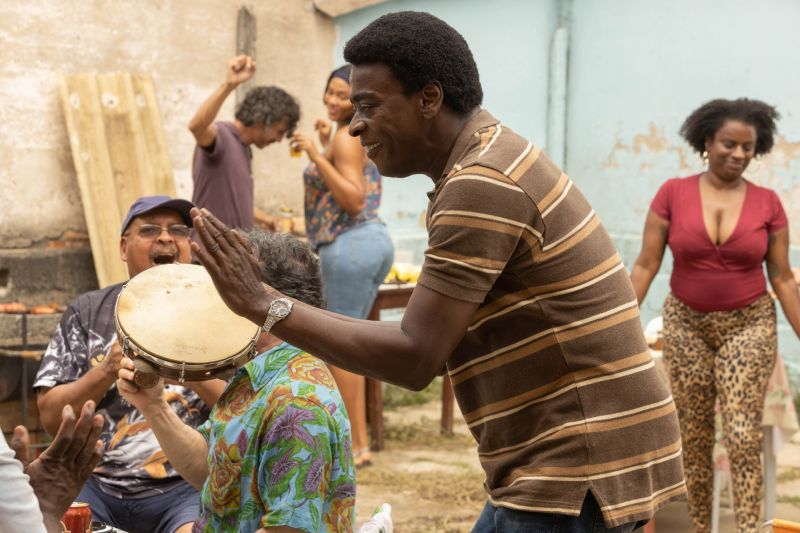
E.P.: There’s hope in the final dialogue when the girl says to the mother, I was afraid to say this, but he scared me. That means that she has broken something.
A.M.: Yes. And also to forgive the mom.
E.P.: I think that’s very important.
A.M.: Yeah, because she’s dragging on the family.
E.P.: And how do you change that toxic environment?
A.M.: First of all, you need to be conscious of the situation and teach girls to set boundaries too. I think it should start from babies. Shirley (Cruz) has a two years old daughter and the way she talks to her is like: you’re beautiful, you’re strong, and she has a very respectful husband as well. This is very important. As a child, you see your mother being respected, or you see your mother being disrespected.
E.P.: There is a false perception that women from a particular social background or who are uneducated suffer more abuse.
A.M.: No, that’s a lie. Or I would say rather the contrary. I think that in an affluent standard of living there is more abuse, women are even more humiliated. Because they have a lot to lose.
E.P.: Did you still learned something during the process?
A.M.: Yes, it was a healing process for me. It was very hard, I had been very disrespected and I fought. I mean, I gained self esteem, self confidence by fighting those who were disrespecting me, including women.
E.P.: Shirley is amazing in the film. How did the casting process go?
A.M.: Well, we did tests. We had a very talented cast director, Gabriel Domingues, who’s also done the Gabriel Mascaro film (O último azul, in the Competition). He’s done both. He’s very talented and we did tests and everybody was so marvelous…
E.P.: You had work with Shirley before.
A.M.: Yes, with a small role, yes.
E.P.: And what about Seu Jorge, who plays the husband?
A.M.: He’s one of the best actors. Terrifying, he’s amazing. I think he’ll be in my next film too.
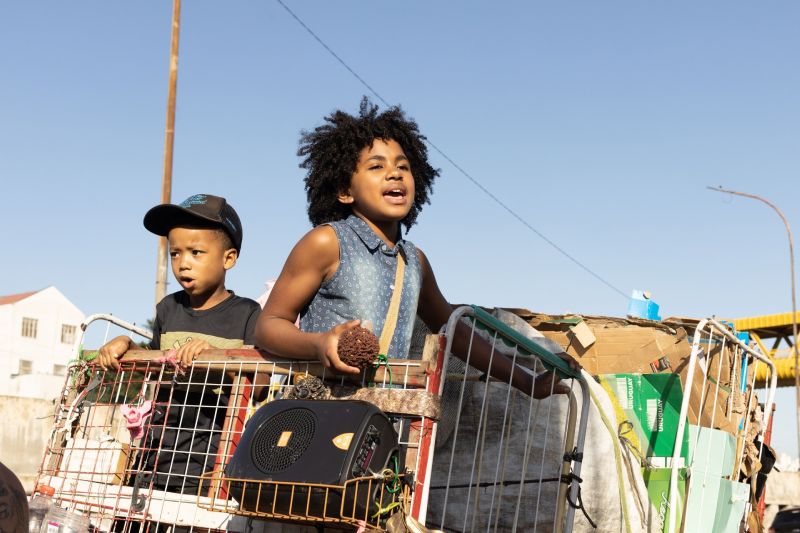
E.P.: Can you tell something about your next film?
A.M.: It’s a film based on a song by Chico Buarque, who is one of my greatest. The song is “Genie e o zepelim”. It’s the story of a horror, that takes place in Amazon.
E.P.: There will be music by him in the film?
A.M.: There’s music, but I don’t know much about that yet.
So we bid farewell to Anna and welcome the sophisticated presence of Shirley Cruz, who in her colourful satin jumpsuit provides a beneficial contrast to the more wintry picture of a snowy Berlin, the backdrop for the 75th edition of the festival.
E.P.: First of all I would like to congratulate you on your brilliant performance and also know how you got the role.
SHIRLEY CRUZ: It wasn’t luck. It was a lot of work. First of all, let me tell you that my career started with a film, City of God [Fernando Meirelles, Kátia Lund, 2002]. My work is like a mosaic, because as a woman, as a black woman, very, very dark, you have limited screen time. And if you want to tell deep stories, you need screen time. And I would like to say that you don’t choose art, you are selected by art to do what you do. But I am very resistant, I’m very persistent and I’m almost annoyingly positive and I was sure that Gal would arrive. I collaborated with Anna in Business Women’s Club, and by then, we had become great, great friends. And I want to say that I hate the word tests for a role, because it always means you’re trying. And I’m not trying. I went there to grab Gal’s role, and that’s what I did. I was hired. And this is great for me, as a woman, as a black woman, and having the opportunity to do what I wanted to do.
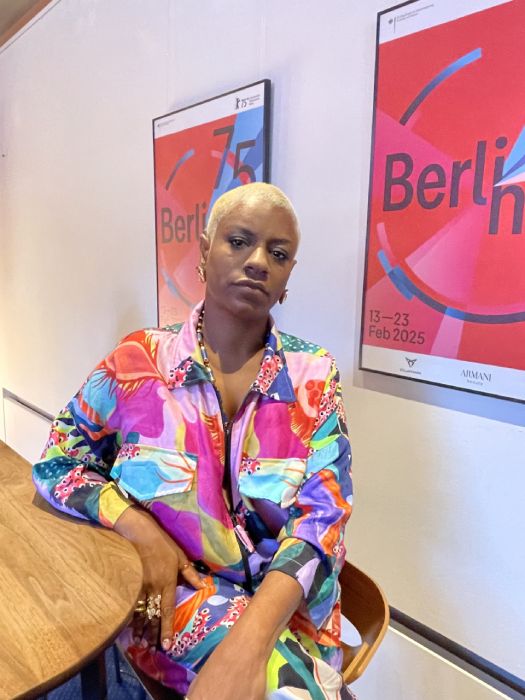
Shirley Cruz after our interview at the 75th Berlinale © El Hype.
E.P.: That role was a physically demanding one, how you prepared for this?
S.C.: First, I wanted to pull the cart. If I don’t pull the wagon, I can’t do the movie. I needed to feel pain. I needed this humiliation pulling a cart which is 200, 300 kilos, approximately. Then I did a preparation at the gym, also very important, aesthetically. I worked with a bodybuilder, called Gal Martins. No wonder she was called Gal [laughs], she’s a black woman, fat, and who does a preparation work focused on bodybuilding, comparing this human body to the body of the animals. In the exchange, we arrive at the buffalo. So, my body is part of this animal.
E.P.: This was Anna’s idea?
S.C.: No, no. The idea of this animal is from Gal Martins. Ana knew about this woman’s work and was inspired by her. I didn’t know her. And I had a meeting with her for less than three hours. And at the end of that meeting I got sick, I had to stop my preparation work, because I had COVID.
E.P: Did you pay in some way an emotional toll for playing that role?
S.C.: Yes. It’s an emotional cost in the process. When it was over, the last day of filming, it was great. I’m not Gal, I was just working. Like taking off a weight, right? I’ve never been to a favela, I’ve never been poor, I’ve never been on the street. I’ve always had a lot of love. I’ve been married for 11 years to a wonderful man. I have a beautiful, wonderful daughter and in the past I’ve been through the attempt of femicide, long time ago. Yes, but it’s already passed. I don’t do therapy, I would, I know it’s a good thing, but on a preventive level. And I used all those ingredients also for Gal, but when I got back home after shooting, always, I had to be wonderful, available, happy. I couldn’t let anything show. And I made some very wonderful mothers, in the movies, in the TV, in the series. But I made Gal as a real mother. And you can’t really say no to that.
‘The Best Mother in the World’ premiered on 15 February in the Berlinale Special section.

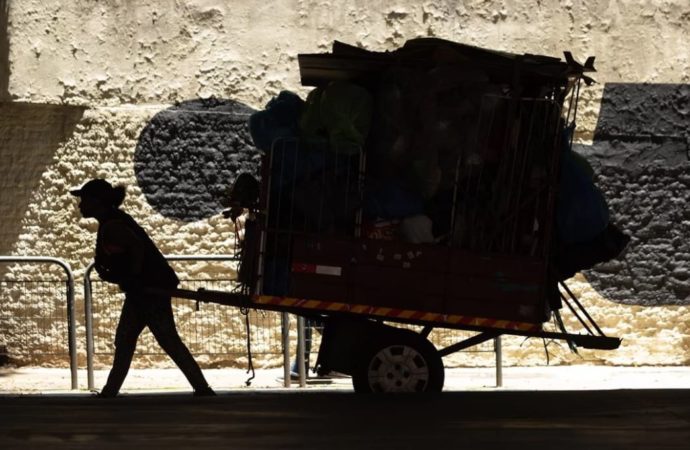
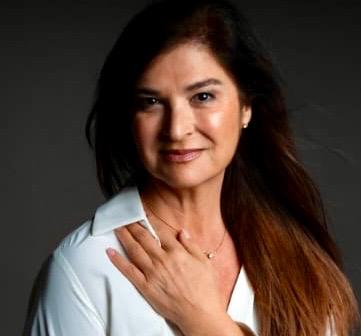
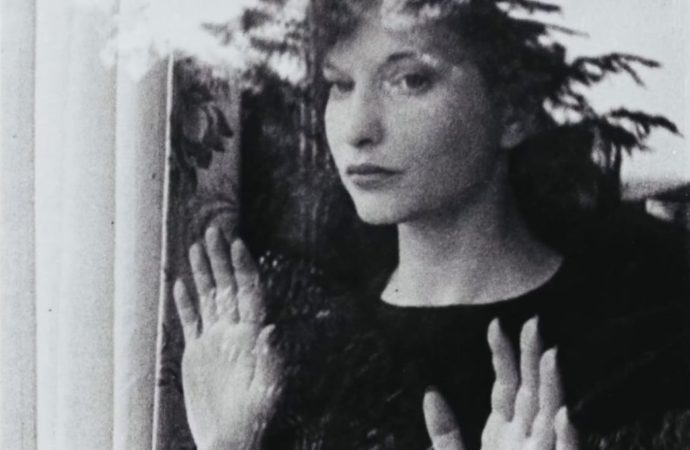
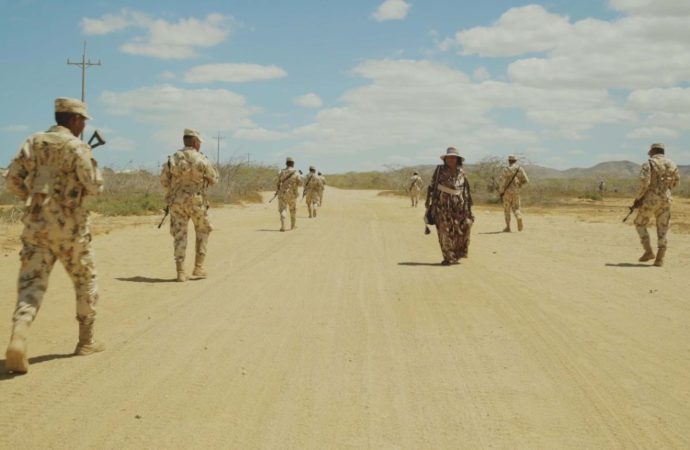
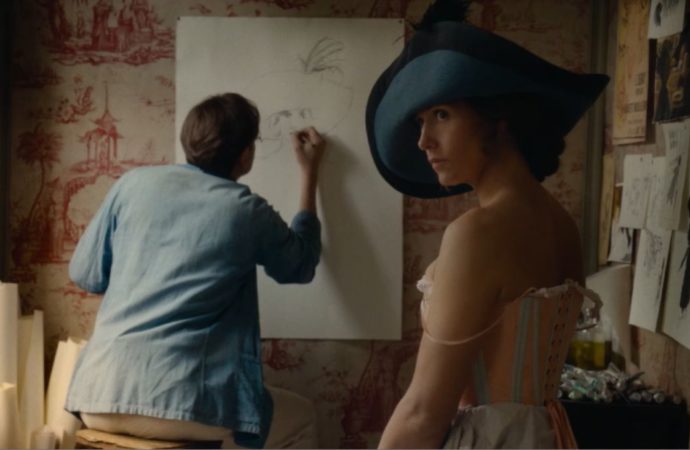
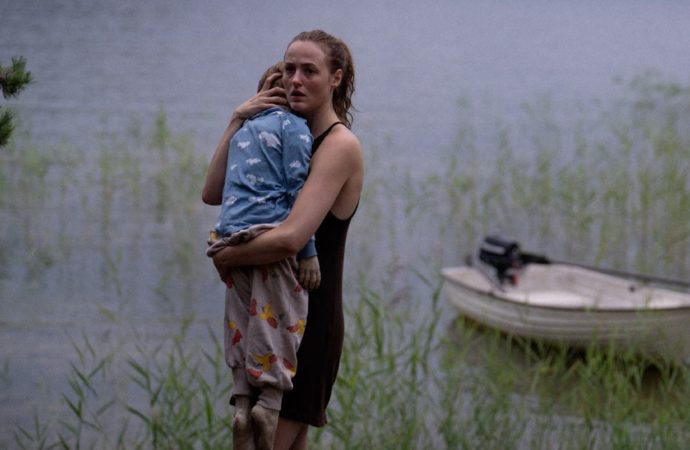
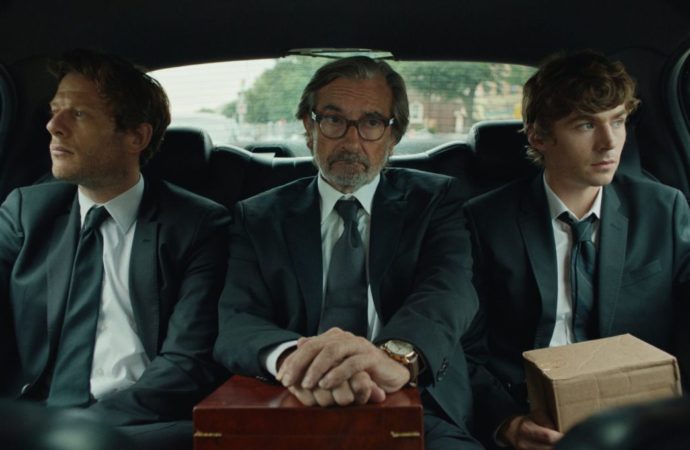

No one has posted any comments yet. Be the first person!